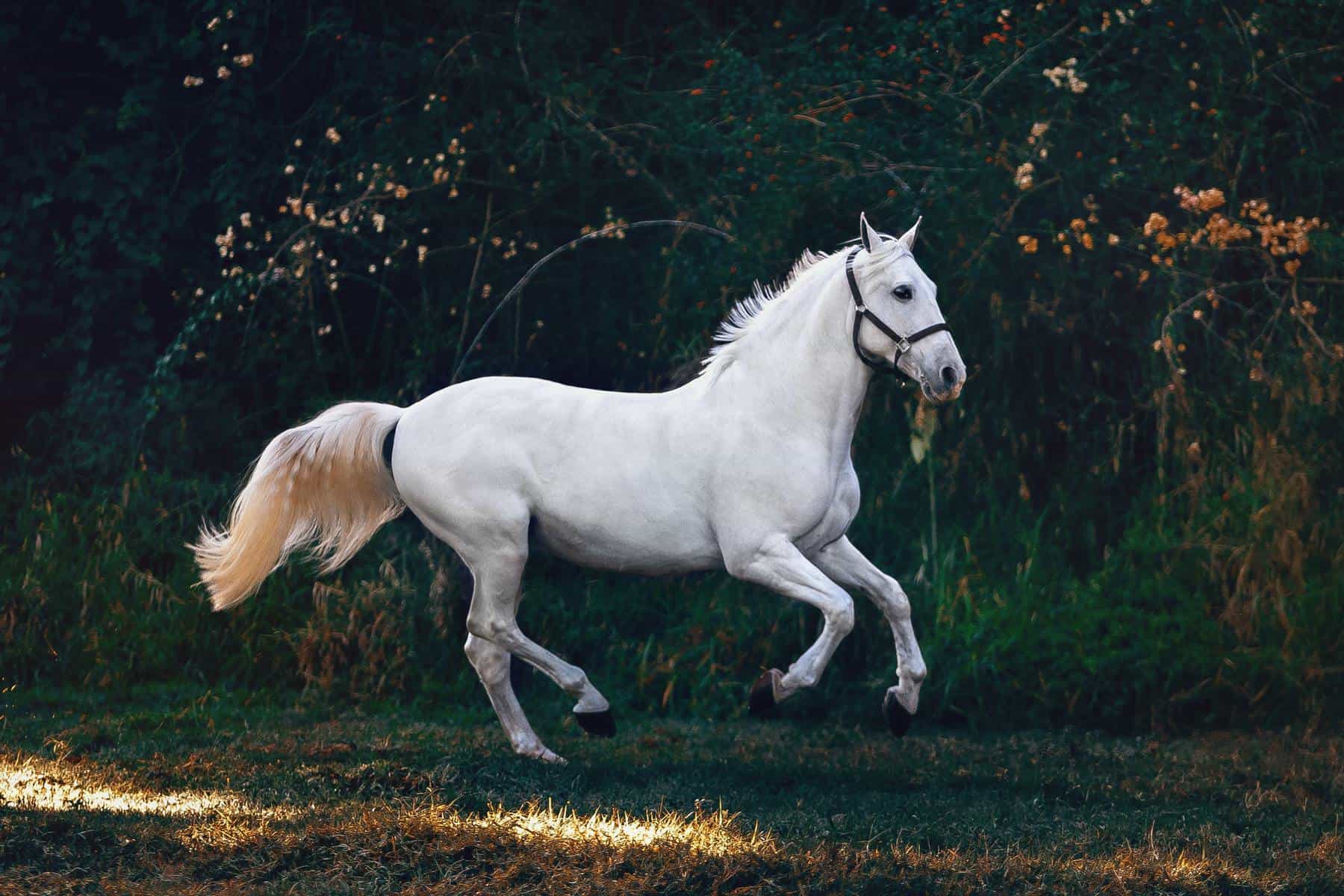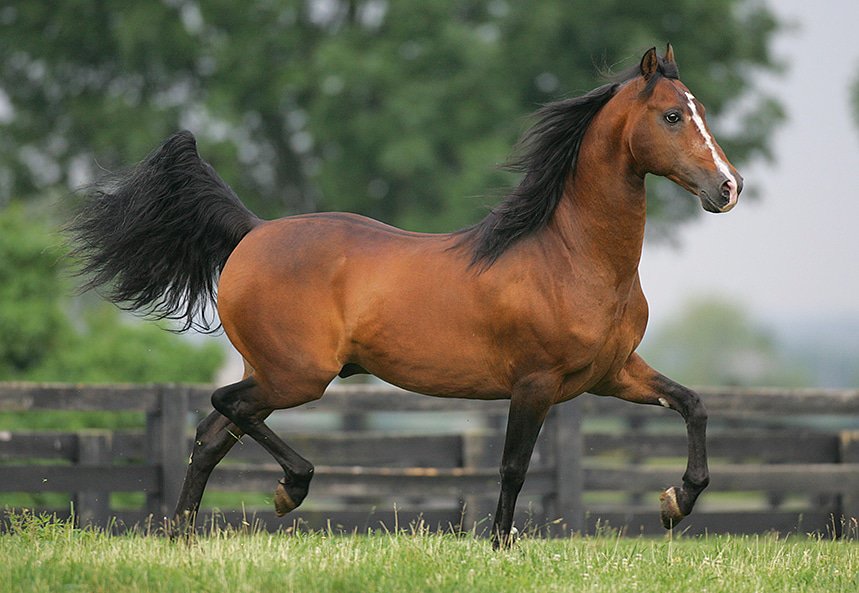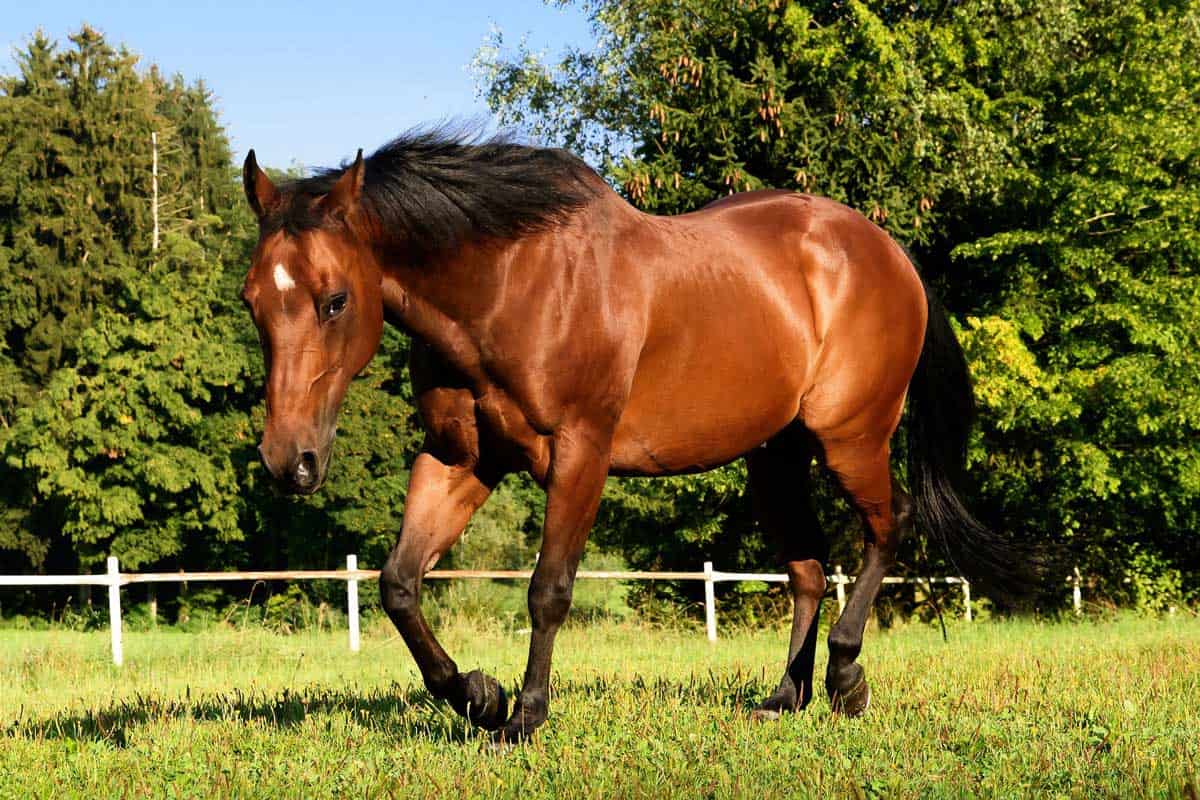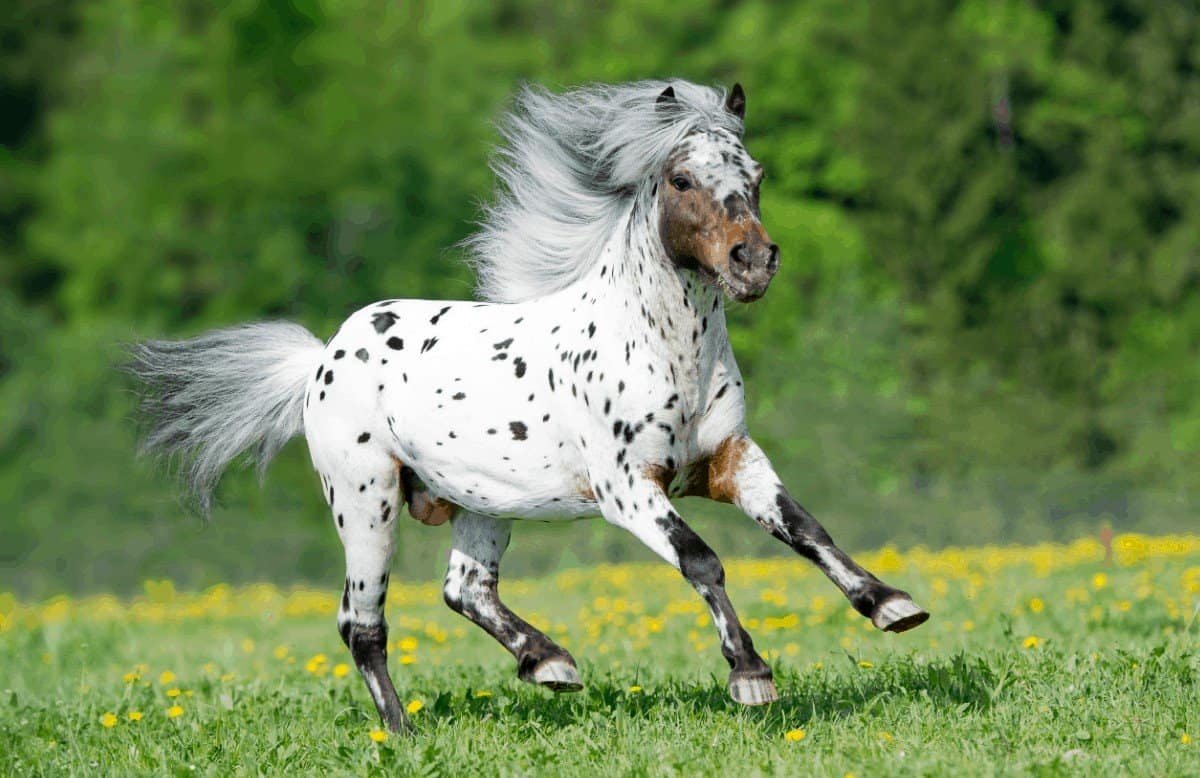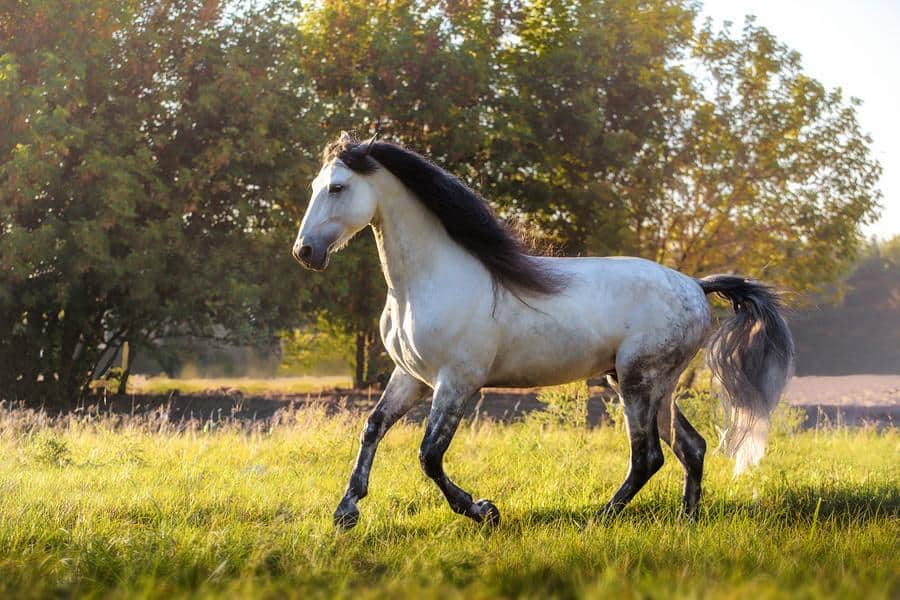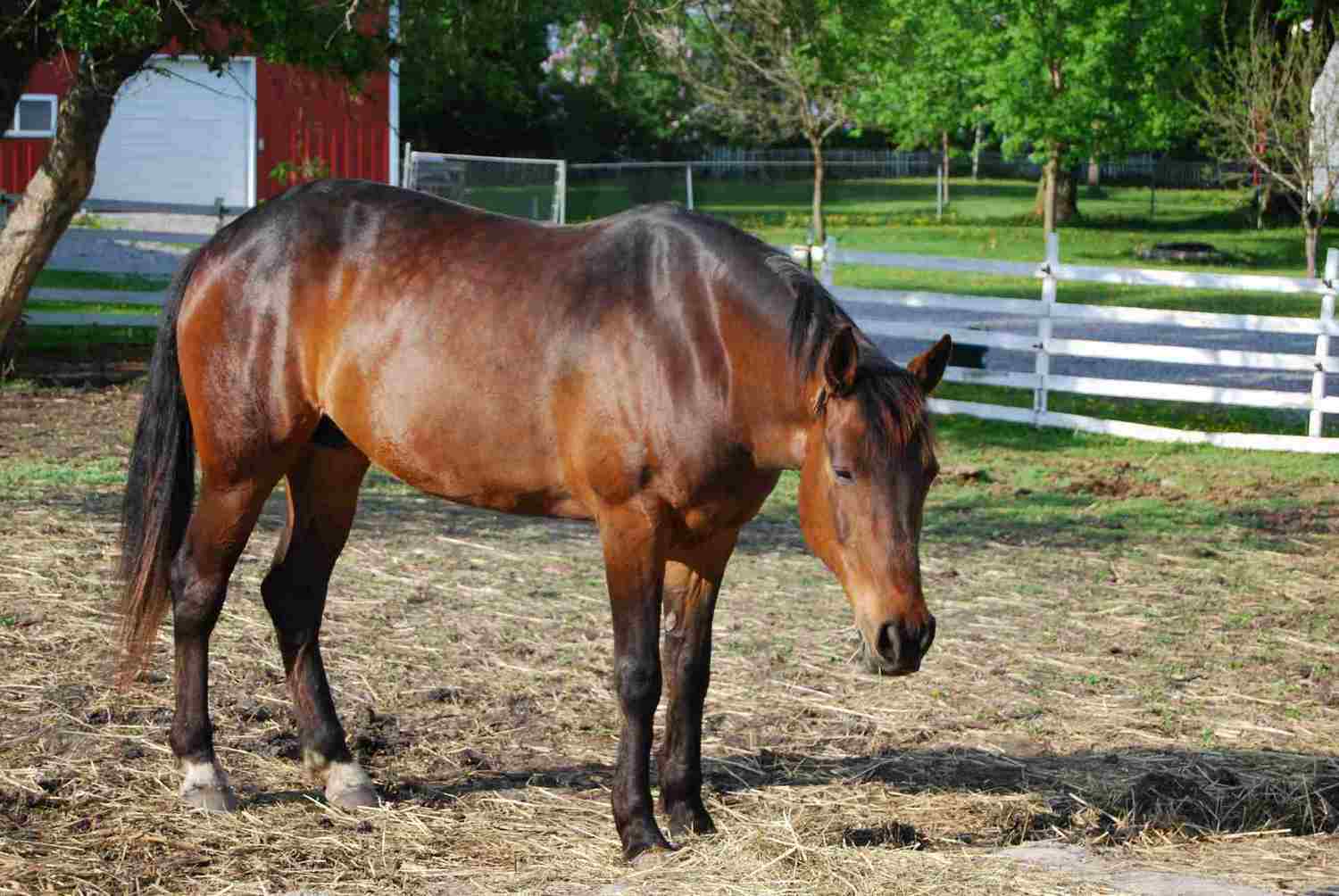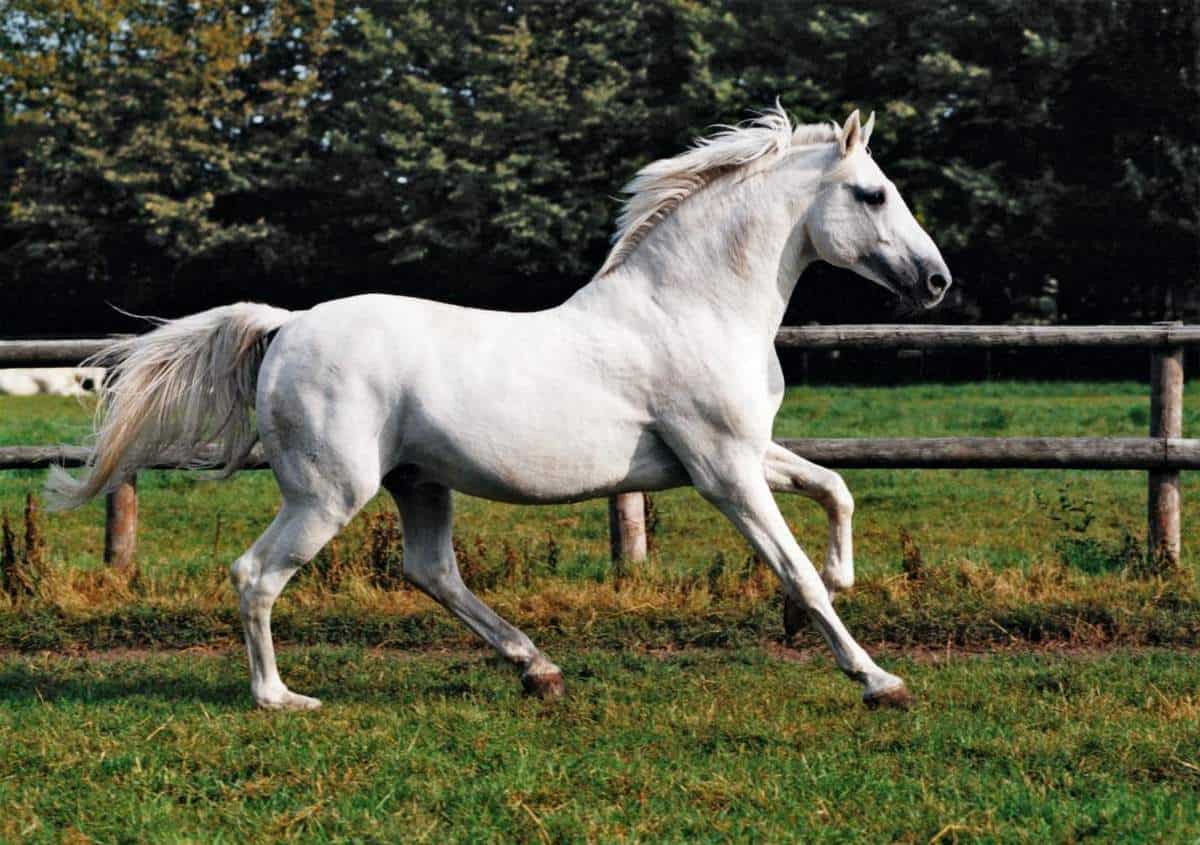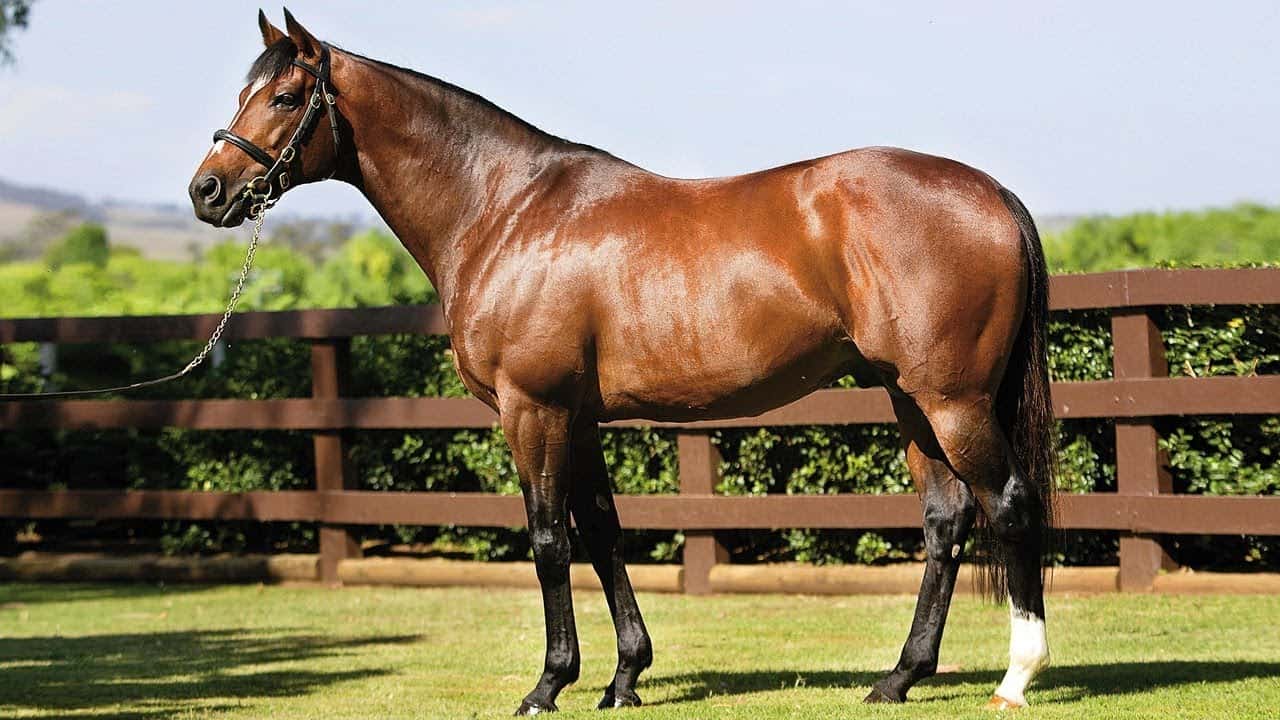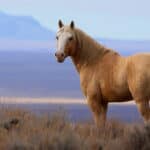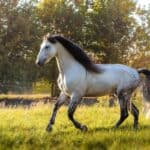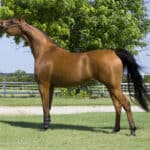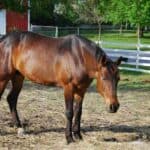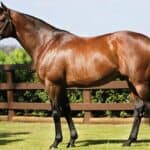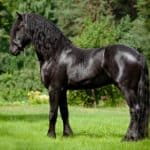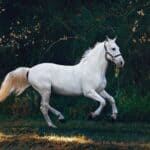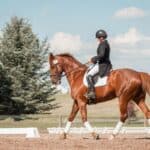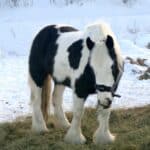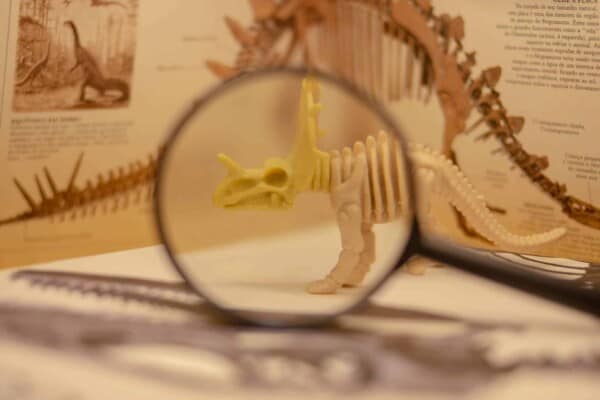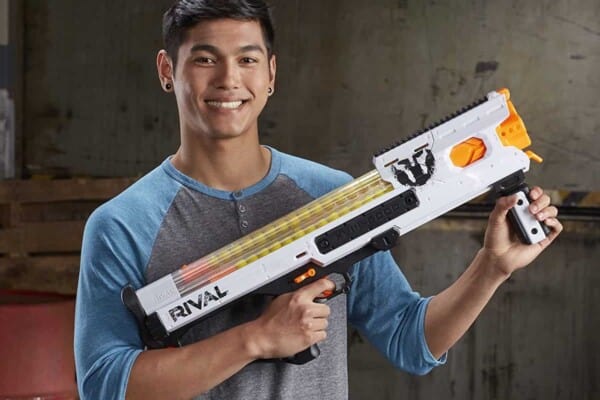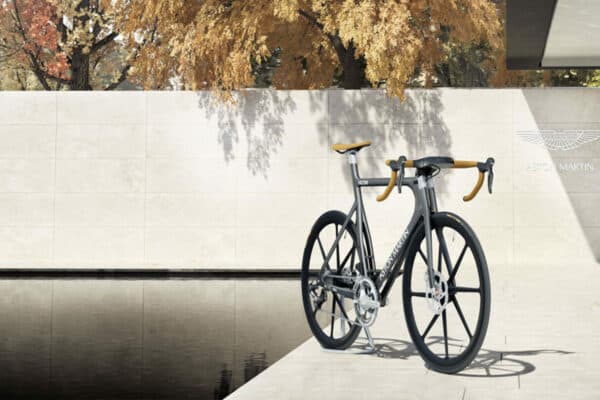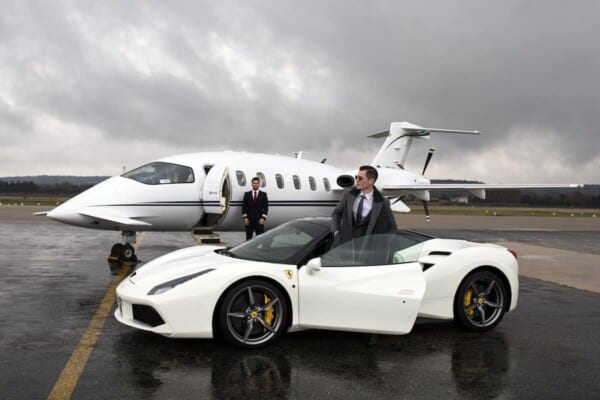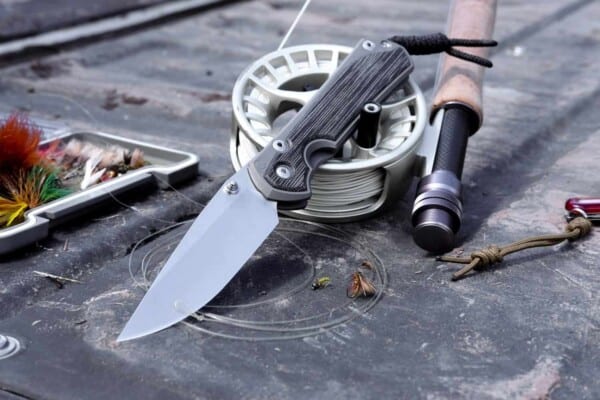Horses have been man’s companions and work allies for centuries. Whether they are show horses, working on the fields, or competition horses, they all have some exceptional qualities. One of the most beloved animals, horses have always been an inspiration of what true beauty is. Children especially love horses and the feeling is usually mutual.
If you don’t know this yet, selective horse breeding was always a very expensive but lucrative business. The most expensive horse breeds are known for their intelligence, temperament, and appearance. Prices vary from one breed to the next, but even within their own breed, you can find large discrepancies.
Horse racing is considered a sport, with so much money revolving around the races, so it is no wonder some of these horses have brought their owners millions of dollars throughout the years.
Costs associated with purchasing and caring for a horse are quite steep, so owning a horse is also a symbol of affluence. After all, equitation is one of the favorite hobbies of the world’s richest people. Impeccable bloodlines are very sought after, as well as the horse’s capabilities. So before you head out and decide to buy a horse, let’s take a look at some of the breeds, their qualities, and some of the characteristics that determine their value.
The following list is not necessarily in descending order solely based on price. We took other factors into consideration, such as abilities, popularity, and appearance of the horses.
We also do not feel like it’s very relevant to mention the actual price tag, because it fluctuates greatly even within the breeds themselves.
Despite excellent bloodlines, some very expensive horses never win competitions. Some very popular and event-winning horses could tip the scales greatly, so we decided to skip this step. If curious about the actual price, there are resources to help you find them.
15. Gypsy Vanner

The Gypsy Vanner is small in stature, coming in at about 14-15 hands. What they lack in height, they definitely make up for in Sturdiness. They are broad and appear heavy. Their manes and tails are long, and they have thick feathers behind the knees and hocks.
Occasionally referred to as a people-sized draft horse, they are genetically related to the Clysdale and the Shire. The reason they are called Gypsy Vanner is that Britain’s gypsies are the original breeders of this selective horse. Not only are they cute, but they are great therapy horses, and very family-friendly.
14. Morgan
Developed in the United States, the beautiful Morgan horse is even the symbol of Vermont. Characterized by its smaller frame and its compact and muscular nature, the breed has a classically refined appearance and a pronounced arched neck. They weigh around the 1,000-pound mark and usually stand under 15 hands in height.
The wide head and their very expressive eyes give them a gentle aura, and they have a beautiful, thick, lighter-colored mane and tail. They are very versatile animals and can get trained to compete in several equestrian events, as well as perform farm chores.
Depending on how the owner decides to use them, their athletic abilities come in handy no matter their purpose.
13. American Quarter
The name pretty much implies that the American Quarter Horse will outrun any other horse by about a quarter of a mile.
The breed dates back to the 17th century. The imported Thoroughbred was crossed over with the local workhorses of colonial Virginia, and the Quarter Horse was mounted. The horse of the American West is one of the most versatile breeds that exist today.
It possesses a real “Cow Sense’, which makes it an ideal horse for ranch work and western riding competitions. It has a compact and muscular body that is extremely strong.
If you’re looking for an all-around riding companion, the Quarter Horse is literally a good bet. They are 14-16 hands in height, and their smaller size makes them perfect for jumping.
12. Appaloosa
The spots Appalooas are born with sets them apart from other breeds. They are not a breed requirement, but they are very distinctive markings.
They are a very loyal and friendly breed, therefore are suitable horses for young people to learn riding on. They are gentle yet muscular and have very strong legs. Known to measure anywhere between 14 and 15 hands, they weigh around 950 to 1,200 pounds.
Thought to be developed by the Nez Perce peoples, they were first referred to as Palouse. Their lifespan is about 30 years, so they could be your companion for a very long time.
11. Mustang
The original breed Mustangs descend from was brought over to North America from Spanish horse breeders. They are Warmblood-type horses and they descend from Andalusian, among other breeds.
Some of their characteristics are their ability to run and withstand hardship. Mustangs are well-suited to harsh terrains as well as changeable conditions. Their shorter stature doesn’t prevent them from being super muscular and hardy. They are actually super strong and are also believed to be very intelligent animals.
10. Andalusian
A Spanish horse breed that dates back to the 15th century, Andalusian horses have maintained their appearance since. That is because of the strict selection criteria that are imposed on them. They have a gorgeous, distinct coloring, and long flowing manes and tails.
They are very sought after in filmmaking and classical dressage due to their appearance and temperament. They were used for bullfighting back in the day, although that is still the case in some parts of Spain today.
Their bloodline influenced quite a few breeds throughout the centuries. While traveling to the New World, some of them escaped from the ships of the conquistadors and became wild Mustangs.
9. Arabian
One of the oldest breeds in the world, the origins of the Arabian horse go way back to 3,000 BC. They are some of the rarest breeds in the world and are highly intelligent animals. Beautiful and elegant, they were shaped by the Bedouin tribe of the Arabian Peninsula, hence their name. They are recognizable by their concave head and banner-like tail.
Historically they were used mostly as a cavalry mount. Because they have amazing stamina, they make excellent candidates for endurance sports.
They excel in almost any discipline they are trained in, which makes them a very popular breed. Their resilience and refinement are qualities that some modern breeds took from the Arabian horse and added to their bloodline.
8. Hanoverian
The breed was founded in the 18th century in Germany. Originally, it was meant to be a cavalry horse, and a well-built farm and carriage workhorse. They were sturdier and heavier than the Hanoverians of today.
The Cleveland Bay, Holsteiner, and Thoroughbred bloodlines that were added to the mix created a lighter and more athletic riding horse.
They are fairly large horses, coming in at about 16 hands. Strong limbs and backs give them a powerful body, and they boast a unique form. Elegant and athletic, they are prized show hunters.
They have won numerous gold medals in Olympic dressage, eventing, and show jumping, making them one of the most successful warmblood breeds.
7. American Standardbred
Mainly used for harness racing, they are the fastest in this category for sure. The horses that do well in harness racing are worth quite a bit of money. It is a very popular equestrian sport in the US, where the best trotters have a very high value.
They also possess a conforming temperament that allows them to make suitable riding horses as well. Heavier than Thoroughbreds, they have long and muscular bodies. Strong legs, powerful shoulders, and hindquarters also make them a pleasure to ride.
The modern Standardbreds can be traced back to 1788 when the grandsire of the Hambletonian 10 breed was imported to the US.
6. Holsteiner
Native to Germany, Holsteiners are one of the oldest warmblood breeds that still exist today. They date back as far as the 13th century, and they descend from Thoroughbreds, Selle Francais, and Anglo-Arabians.
Developed originally by monks from small native horses, their main purpose was agriculture and war. Today, they are multi-purpose horses that are suitable for showjumping, driving, elite dressage, and hunter shows.
They are beautiful creatures that have a great reddish-brown color with a black tail and are very muscular. Between 16-17 hands in height, they are full of grace and possess easy-going temperaments. Unfortunately, the breed has been on a decrease in the last few years, and the few that remain can be found mainly in Northern Germany.
5. Selle Francais
A crossbreed warmblood horse, the Selle Francais originated in France. The reason they are among the most expensive breeds in the world is because of their high ranking in show-jumping competitions. Bred with exclusive equestrian activities in mind, they are very athletic animals. They have been seen often in Olympic competitions, where they excel in jumping.
Bay or chestnut, some have white markings on their lower legs. Very intelligent and friendly horses, they are suitable for beginners. They make great companions, and their need for human training means that they should be kept in stables. With proper care, they will receive the protection they need against injuries, which can be fatal to a competition horse.
4. Thoroughbred
This hot-blooded breed is bred mostly for racing. Well-known for their speed and agility, they make great racers. Their riders should be able to keep their horses level-headed, as they tend to be a little temperamental.
They are also some of the most expensive breeds in the world. If you get them in their prime, they will be worth quite a lot of money. But Thoroughbreds that never competed are more affordable and can be used for jumping rings or dressage.
Originally from the UK, they are among the most popular breeds in the world. They possess amazing agility and stamina, great qualities for racing horses. They are generally between 15 and 17 hands tall, with long legs and a light frame.
The three main stallions that are the fastest within their breed are the Darley Arabian, the Godolphin Arabian, and the Byerley Turk.
3. Dutch Warmblood
Exceptional competition horses, this breed originated in the Netherlands. They are a very expensive and sought-after breed. They were formed by crossing the Holsteiner and the Hanoverian breeds. But the modern Dutch Warmblood derives from Gerlanders and Groningen, other native Dutch breeds.
They are between 15-17 hands in height and are well known for their athletic capabilities. They are very attractive horses who are well-built, with an agreeable and friendly temperament. Some of the disciplines they excel at are dressage, jumping, and pleasure riding.
Very popular in Belgium and the Netherlands, they enjoy human companionship. They make great hunting companions, as well as amazing jumpers.
2. Oldenburg
Another native of Germany, the Oldenburg breed (or Oldenburger) was created at a local farm in the Oldenburg region of Germany. They were named after Count Graf Anton Gunther, who was a famous dressage rider. They were selectively bred for war, and they are descendants of carriage horses called Alt-Oldenburger.
Back in the 17th century needs were different than today, and they were mainly used by lords that owned lots of lands. They were also bred as war horses and were commonly used by military leaders. Today, they excel in dressage, eventing championships, and show jumping. Jumper stars on a global scale do very well in high-level dressage.
Although compact, Oldenburgs are powerful horses. They have fairly short legs, a deep chest, a long neck, and large hooves. You can find them in either grey, brown or black, and they have a calm demeanor about them.
1. Friesian
A native of Friesland in the Netherlands, Friesians are considered the most beautiful horses in the world. With their black coat and long manes, they were originally bred with a specific purpose.
They used to carry medieval knights into battle, that’s how long the breed has been around. They were also responsible for pulling carriages for European Royalty because they are just so elegant and their movement spectacular.
Dutch agriculture was also privileged for having Friesians work the fields before the World War. They almost went extinct after the Second World War, but fortunately, the breed has recovered successfully since then.
They are completely black and have absolutely no white markings. adorned with gorgeous manes and tails, they also have feathered feet. A calm and friendly temperament also makes them very desirable.
Final Words
When you’re looking to invest in a horse, keep in mind the original price tag is not the only expense. First of all, you have to have enough room to keep them, preferably on a farm or rent a space at stables.
Secondly, the price tag of upkeep is not cheap, so make sure to take that into account. Horses are very sensitive animals, but they make the best loyal companions. Just make sure you treat them well and they will in turn bring lots of joy into your life.
We hope you enjoyed learning a little about some of the most expensive horse breeds in the world.

